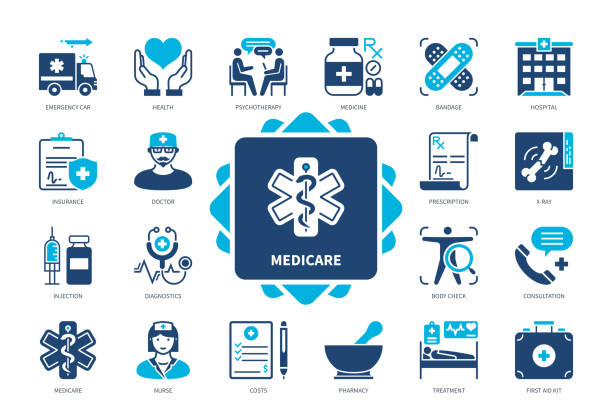Medicare Annual Enrollment is winding down, and the December 7th deadline is fast approaching. Many beneficiaries rush to make changes without fully understanding their options, which can lead to costly mistakes. At Lehigh Valley Medicare Advisors, we want to help you avoid these pitfalls and make the most of your Medicare coverage.
Below are the five most common Medicare mistakes people make at the end of open enrollment and practical tips to avoid them.
Mistake 1 — Not Reviewing Plan Changes for 2025
Why This Happens
Insurance providers often update their premiums, deductibles, and coverage rules each year. Many people assume their plan stays the same, leading to surprises in January.
How to Avoid It
-
Review the Annual Notice of Change (ANOC) sent by your plan.
-
Compare your current plan to new offerings using Medicare’s Plan Finder.
-
Contact a trusted advisor to see if a switch could save money or improve coverage.
Mistake 2 — Ignoring Prescription Drug Coverage
Why This Happens
Medicare Part D formularies can change yearly, meaning your medications may no longer be covered or could cost more.
How to Avoid It
-
Make a list of all prescriptions and check if they’re still covered.
-
Compare copays and tiers for your medications across available plans.
-
Consider a plan with a better drug coverage fit if costs are increasing.
Mistake 3 — Waiting Too Long to Make Changes
Why This Happens
Procrastination is common, and some beneficiaries wait until the last minute or miss the deadline entirely, locking them into an unsuitable plan for the next year.
How to Avoid It
-
Set a reminder: December 7th, 2025, is the final day to make changes.
-
Start reviewing options now to avoid rushed decisions.
-
Work with a Medicare advisor who can streamline the process.
Mistake 4 — Focusing Only on Premiums
Why This Happens
It’s easy to choose a plan based solely on monthly costs, but this can backfire if your deductible, copays, or network restrictions are high.
How to Avoid It
-
Look at total annual costs, including premiums, copays, and coinsurance.
-
Check if your preferred doctors and pharmacies are in-network.
-
Consider coverage quality and benefits beyond the premium.
Mistake 5 — Overlooking Extra Benefits
Why This Happens
Many Medicare Advantage plans offer extras like dental, vision, or hearing coverage, but beneficiaries often ignore these perks.
How to Avoid It
-
Review your plan for any additional benefits that can save money.
-
Ask your advisor about supplemental plans if your current plan lacks these benefits.
-
Evaluate if extra perks align with your health needs for the coming year.
How Lehigh Valley Medicare Advisors Can Help
Avoiding these common mistakes doesn’t have to be stressful. At Lehigh Valley Medicare Advisors, we guide you through your options, review your current coverage, and ensure you make informed decisions before the December 7th, 2025 deadline.
Contact us today to schedule a free, no-pressure consultation and protect your Medicare coverage for 2025.












